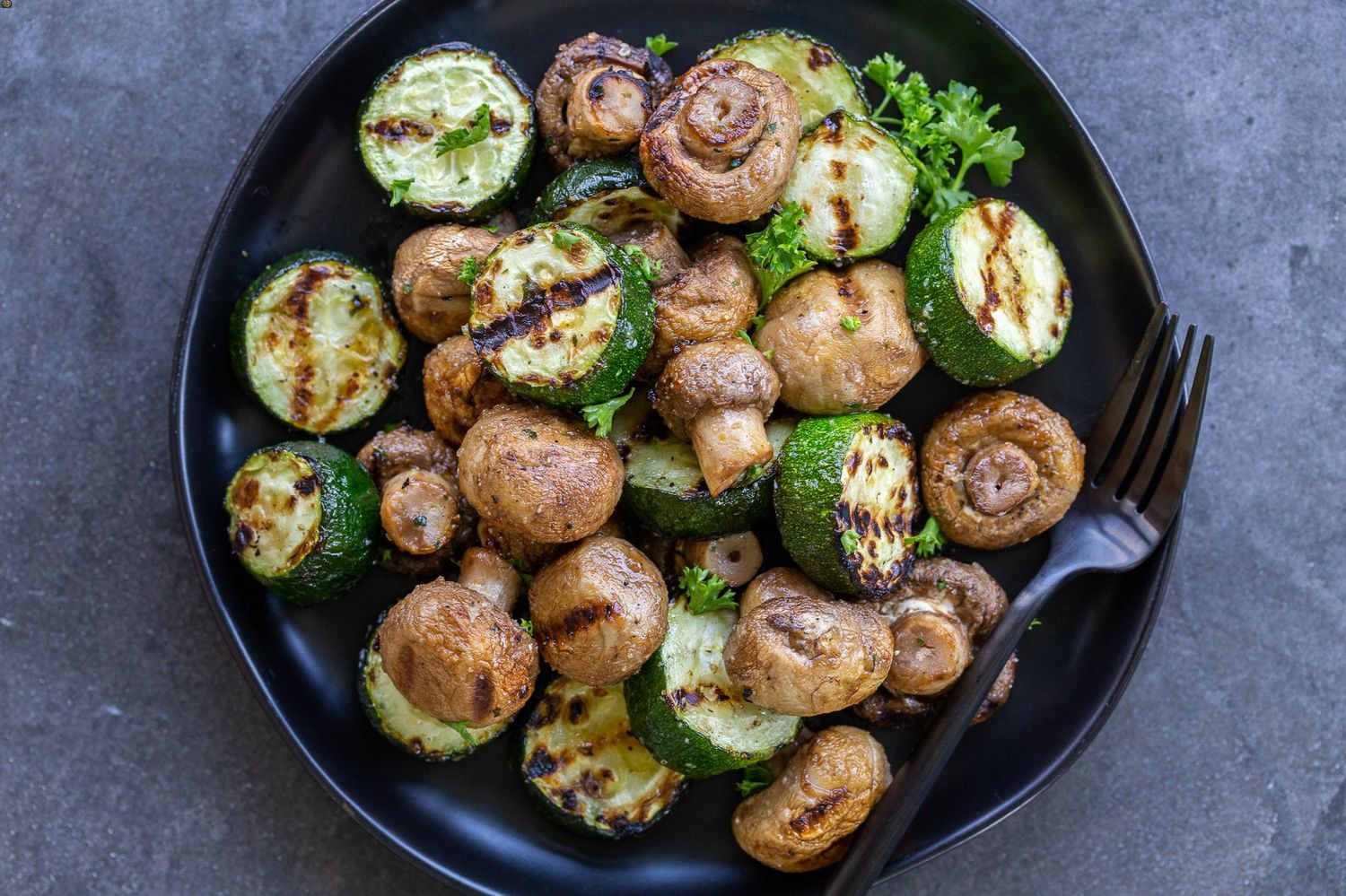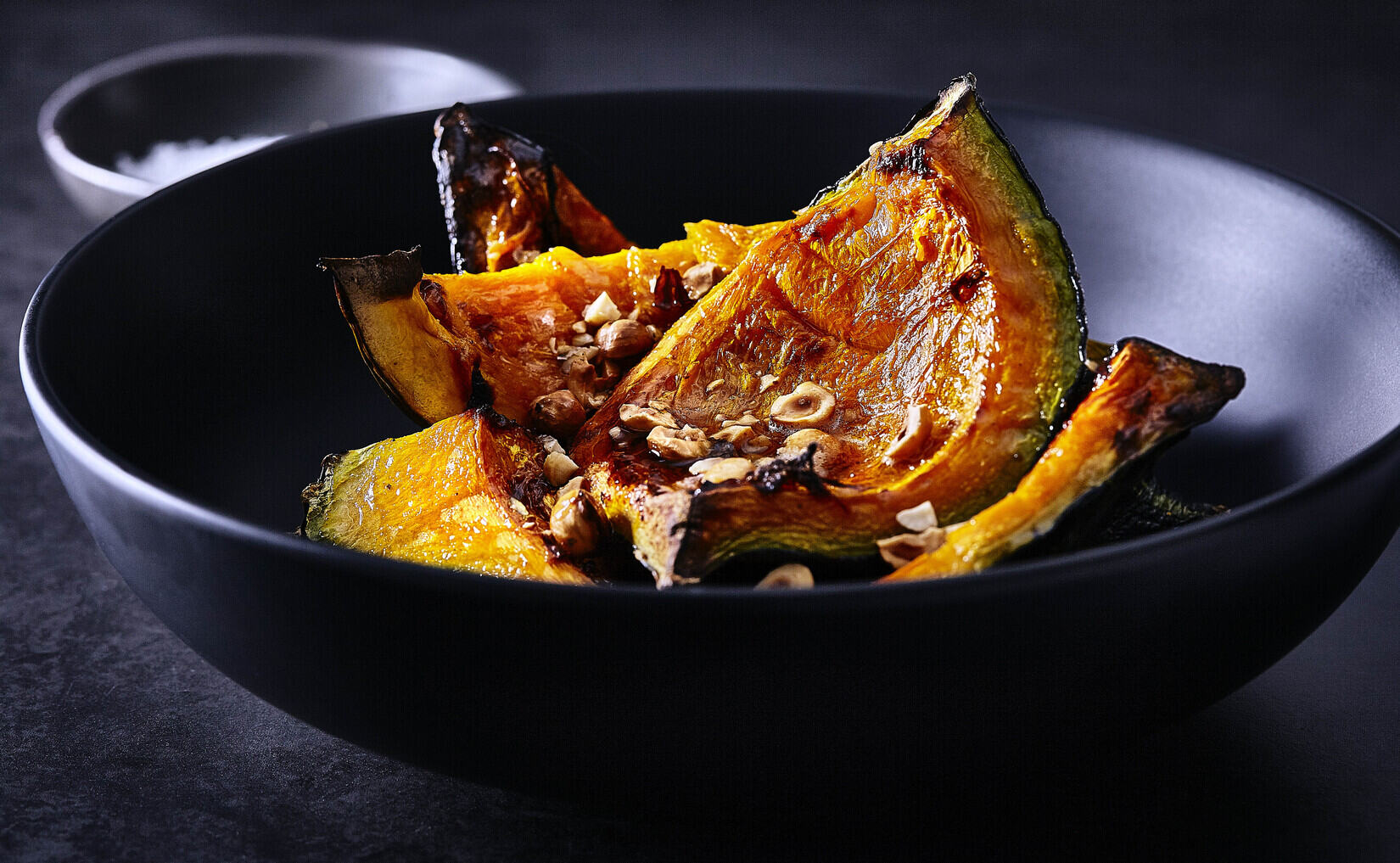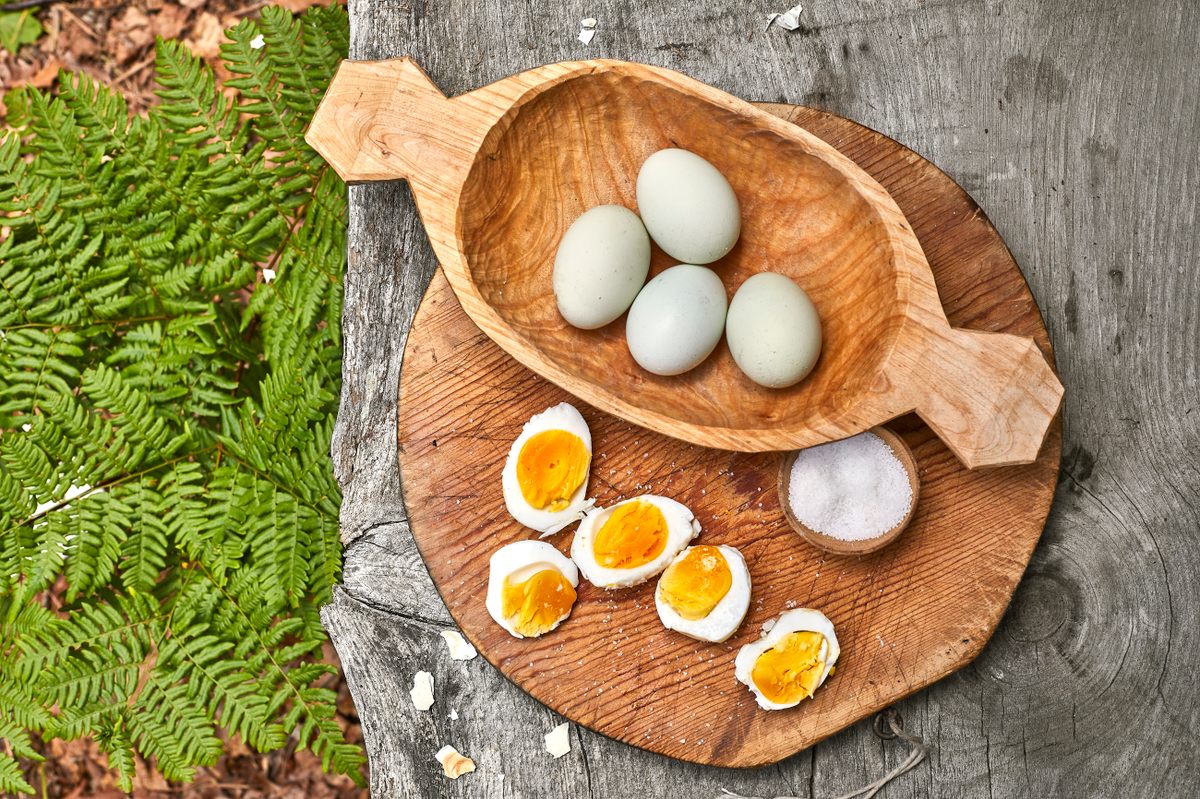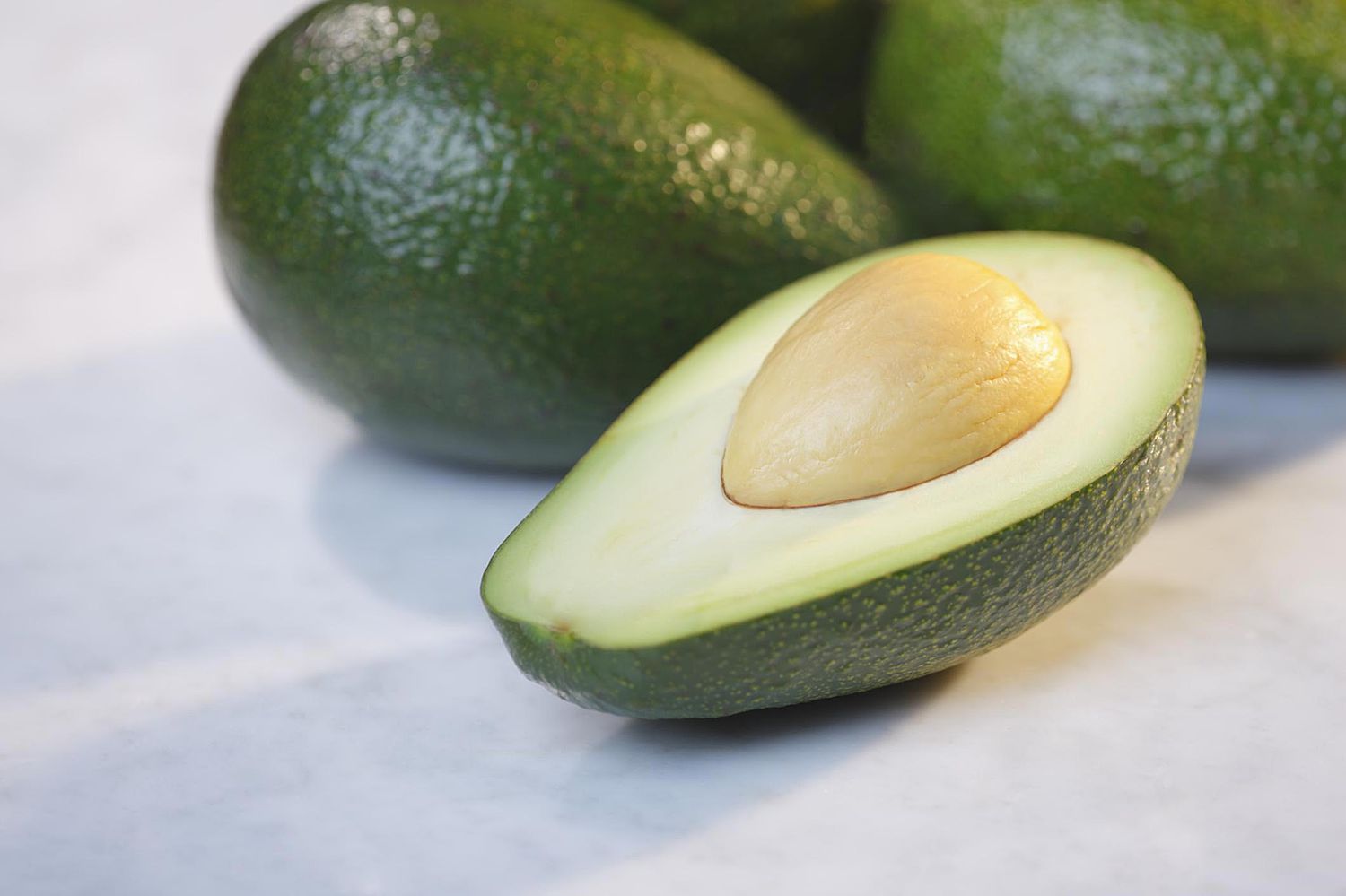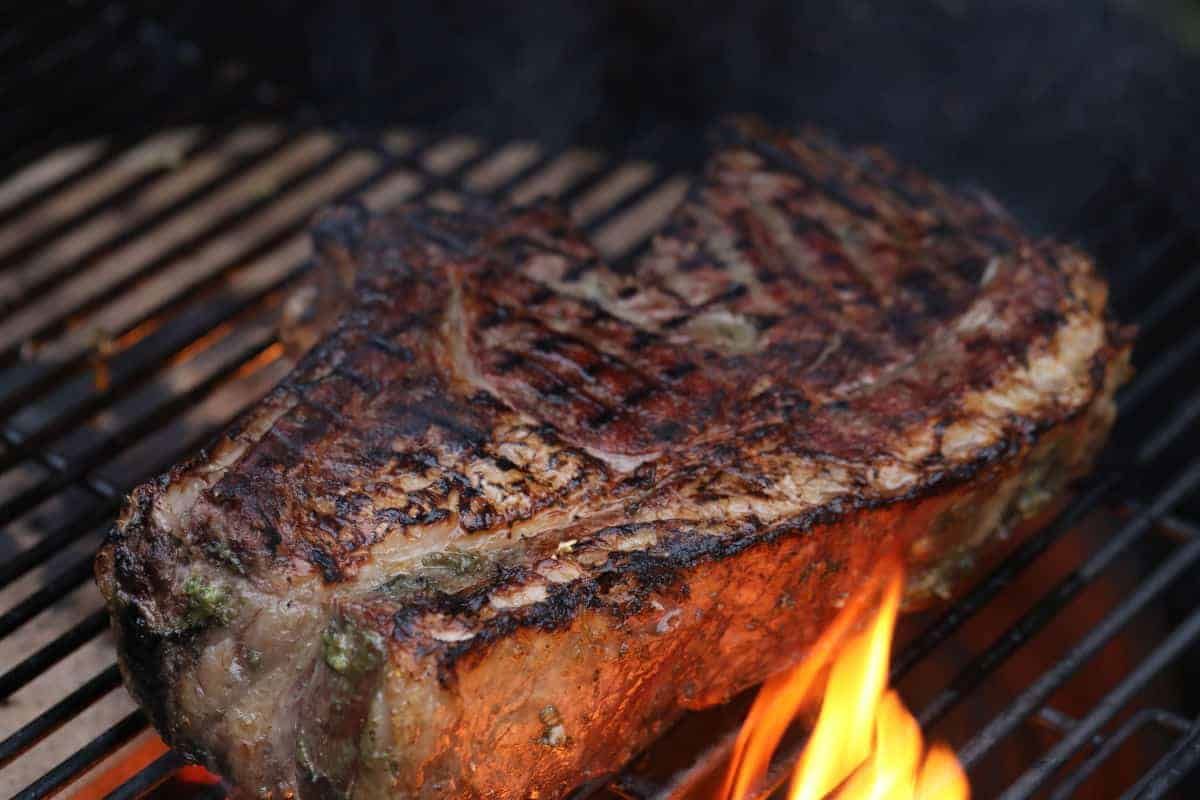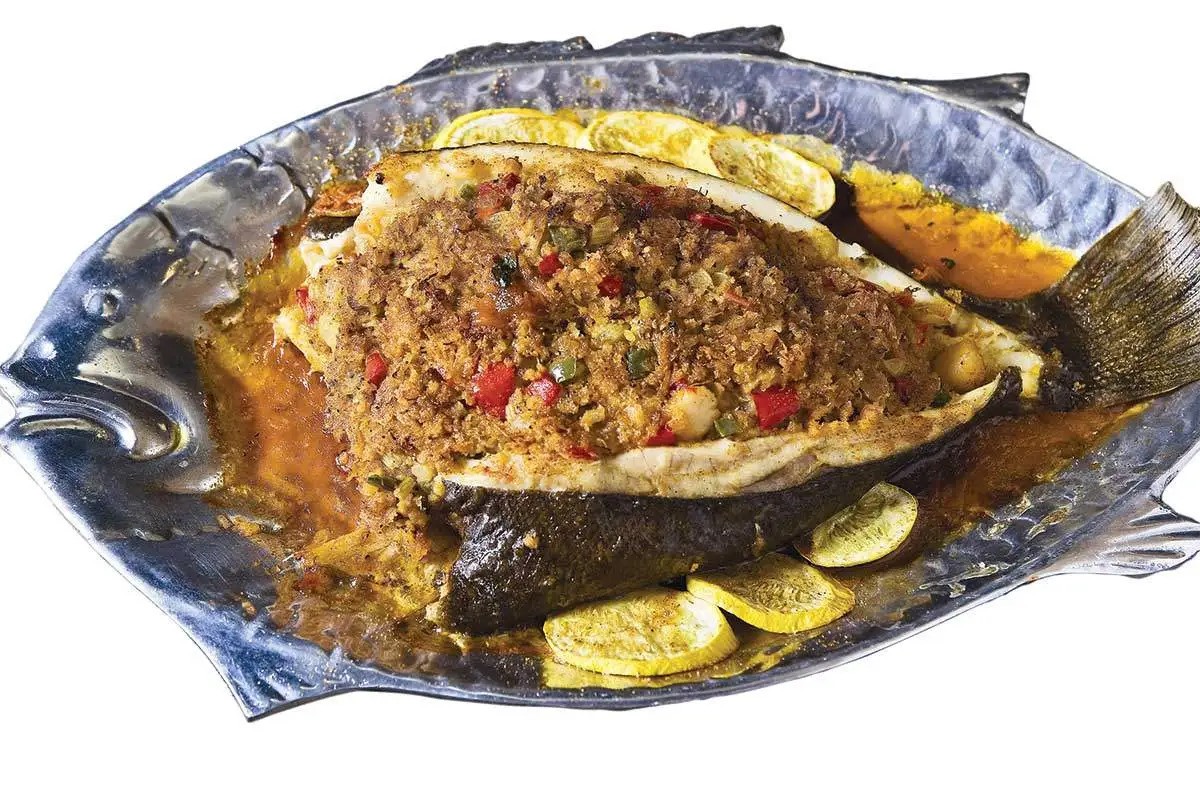Roasting Barley: A Delicious and Nutritious Process
Roasting barley is a simple yet rewarding process that can enhance the flavor and texture of this nutritious grain. Whether you’re a homebrewer looking to create your own malt or a food enthusiast seeking to add a unique twist to your dishes, roasting barley can open up a world of culinary possibilities. In this guide, we’ll explore the steps involved in roasting barley and offer tips for achieving the perfect roast every time.
Choosing the Right Barley
Before you begin the roasting process, it’s important to select the right type of barley. Pearl barley is a popular choice for roasting due to its mild flavor and versatility. You can also experiment with hulled barley for a nuttier taste and chewier texture. Whichever variety you choose, make sure to inspect the barley for any impurities or debris before proceeding.
Preparing the Barley for Roasting
Once you’ve selected your barley, it’s time to prepare it for roasting. Follow these simple steps to get started:
- Preheat your oven to 350°F (175°C).
- Spread the barley in a single layer on a baking sheet.
- Place the baking sheet in the oven and roast the barley for 10-15 minutes, stirring occasionally to ensure even roasting.
Keep a close eye on the barley as it roasts to prevent burning. The barley is ready when it takes on a slightly darker hue and emits a nutty aroma.
Enhancing the Flavor
Depending on your preferences, you can customize the flavor of the roasted barley by experimenting with different roasting times and temperatures. For a lighter roast, aim for a golden brown color and a subtle nutty flavor. If you prefer a richer, more robust taste, extend the roasting time until the barley takes on a deeper, caramelized hue.
Additionally, you can infuse the barley with extra flavor by incorporating spices and seasonings during the roasting process. Cinnamon, cocoa powder, and smoked paprika are just a few examples of ingredients that can impart unique and enticing flavors to the roasted barley.
Utilizing Roasted Barley in Your Recipes
Once you’ve roasted your barley to perfection, it’s time to unleash its culinary potential. Here are some creative ways to incorporate roasted barley into your favorite recipes:
- Add a handful of roasted barley to your morning oatmeal for a delightful crunch and nutty undertones.
- Sprinkle roasted barley over salads and soups for a satisfying texture and earthy flavor.
- Use roasted barley as a wholesome topping for yogurt or smoothie bowls, adding a nutritious boost to your breakfast or snack.
- Incorporate roasted barley into homemade breads and muffins for a hearty, rustic twist.
- Brew your own beer using roasted barley to impart a rich, toasty character to your craft brews.
With its versatility and distinct flavor profile, roasted barley can elevate a wide range of dishes, from sweet to savory.
Storing Roasted Barley
To preserve the freshness of your roasted barley, transfer it to an airtight container and store it in a cool, dark place. Properly stored, roasted barley can maintain its quality for several months, allowing you to enjoy its unique taste and texture in various culinary creations.
Conclusion
Roasting barley is a simple yet impactful way to unlock the full potential of this ancient grain. By following the steps outlined in this guide and experimenting with different roasting techniques, you can discover a world of flavors and textures that will enhance your culinary repertoire. Whether you’re adding a crunchy element to your breakfast or infusing depth into your homemade brews, roasted barley is a versatile ingredient that deserves a place in your kitchen.
So, why not embark on a roasting adventure and savor the delightful results?
Was this page helpful?
Read Next: How To Roast Chicken Using Turbo Broiler

